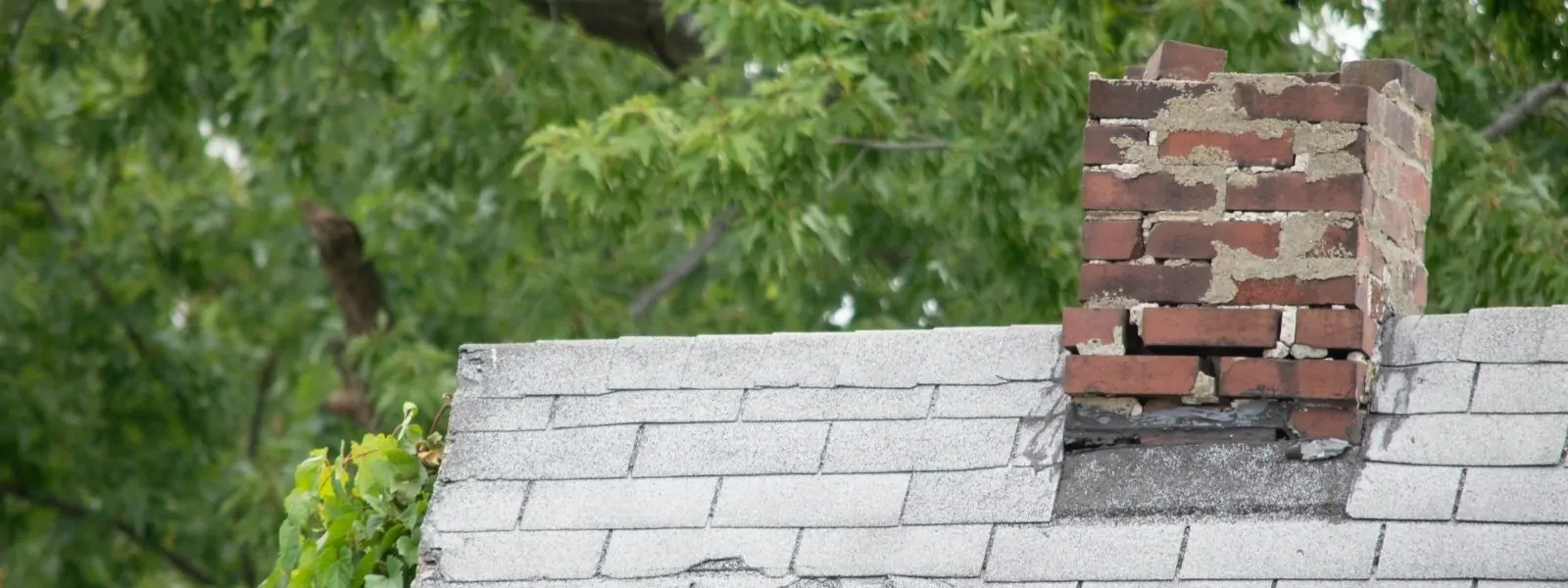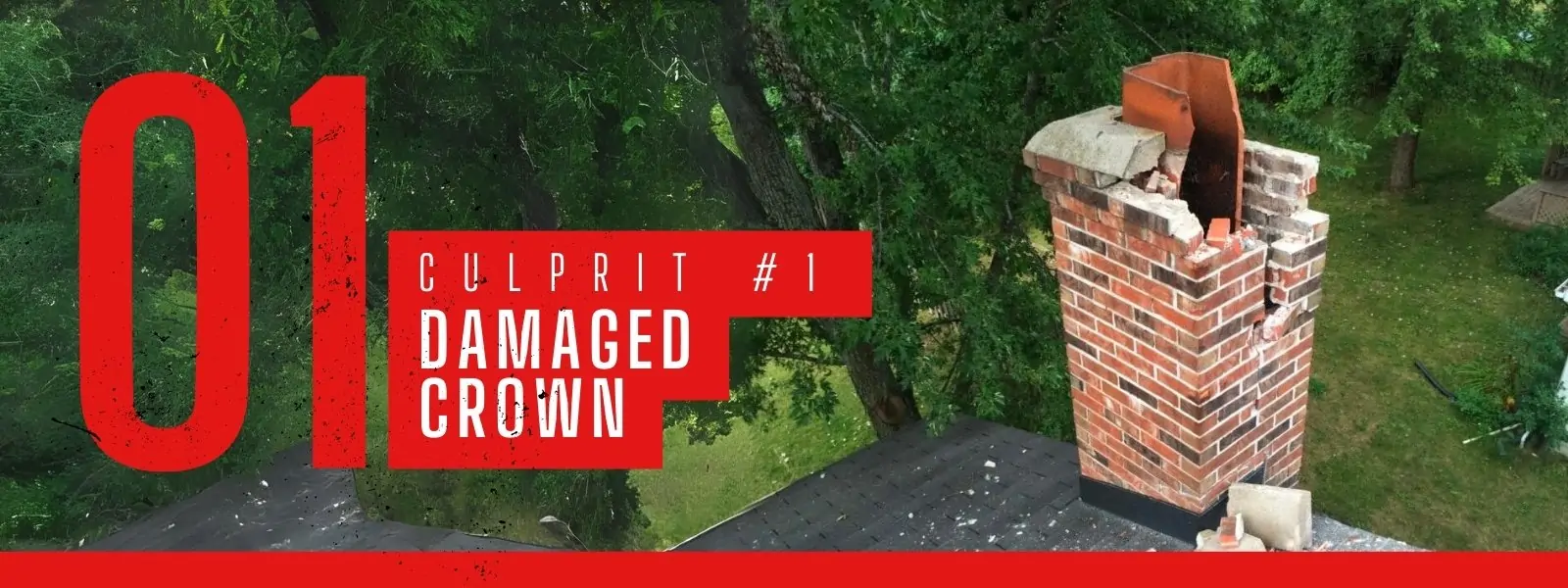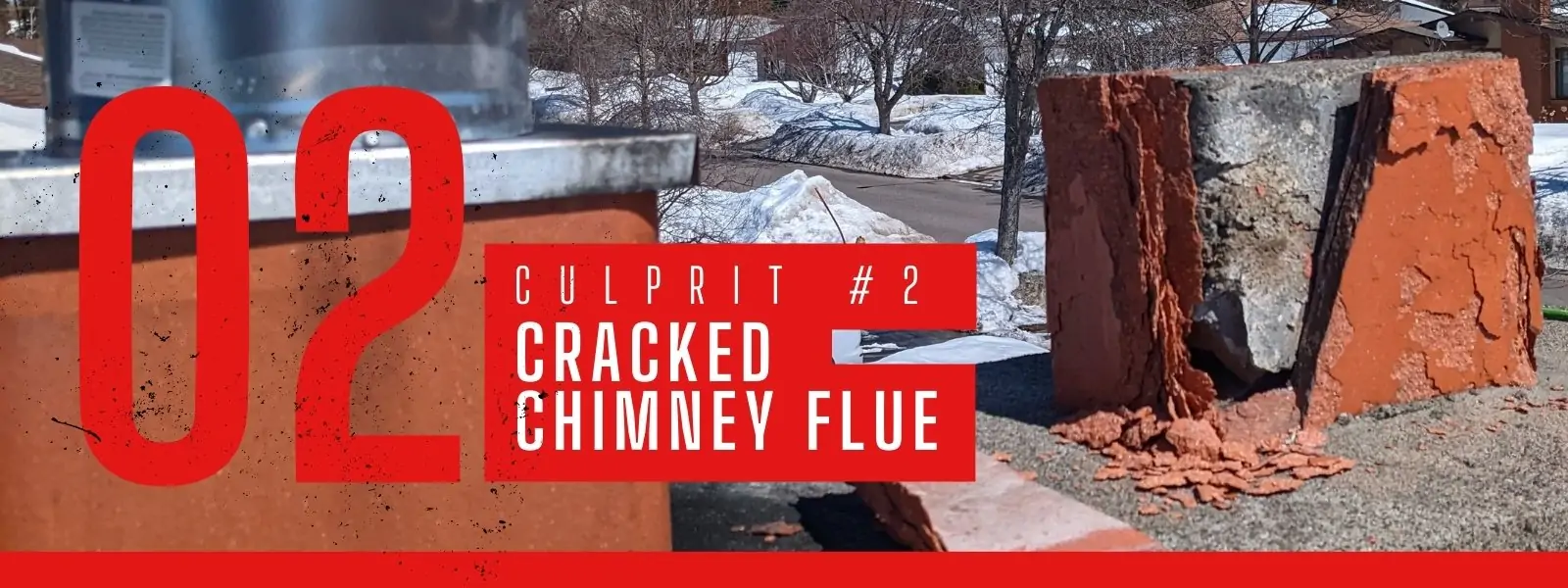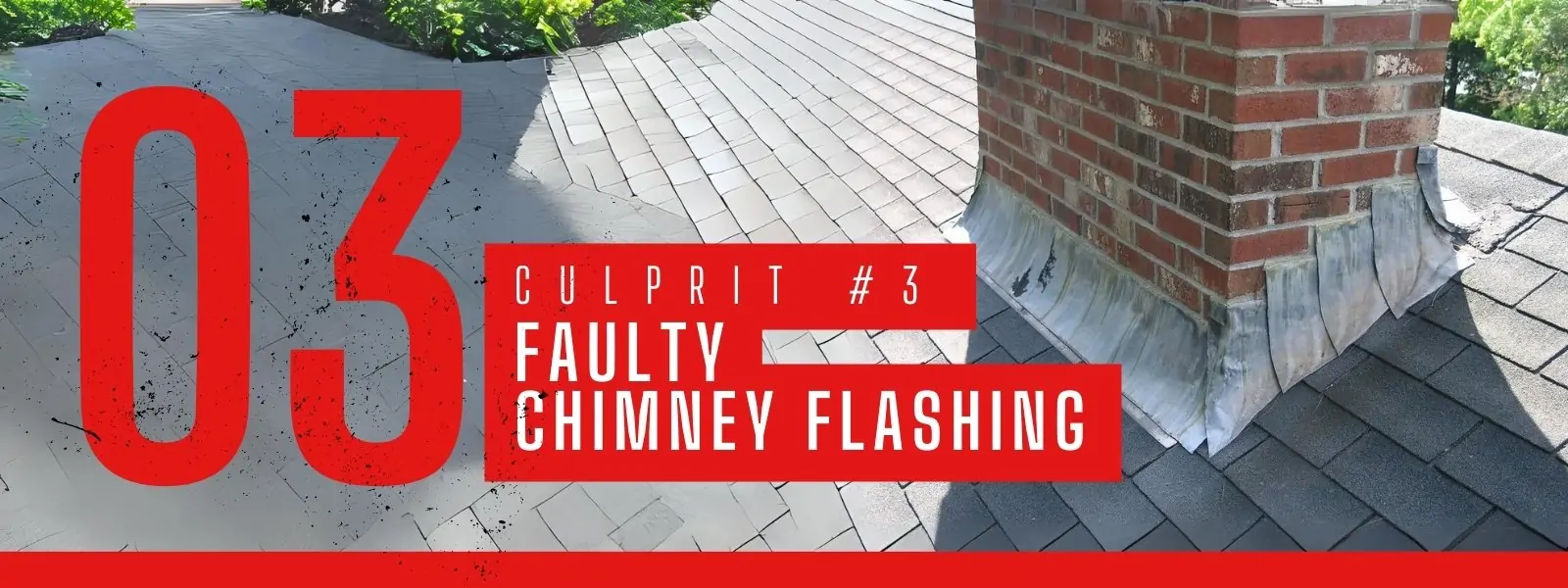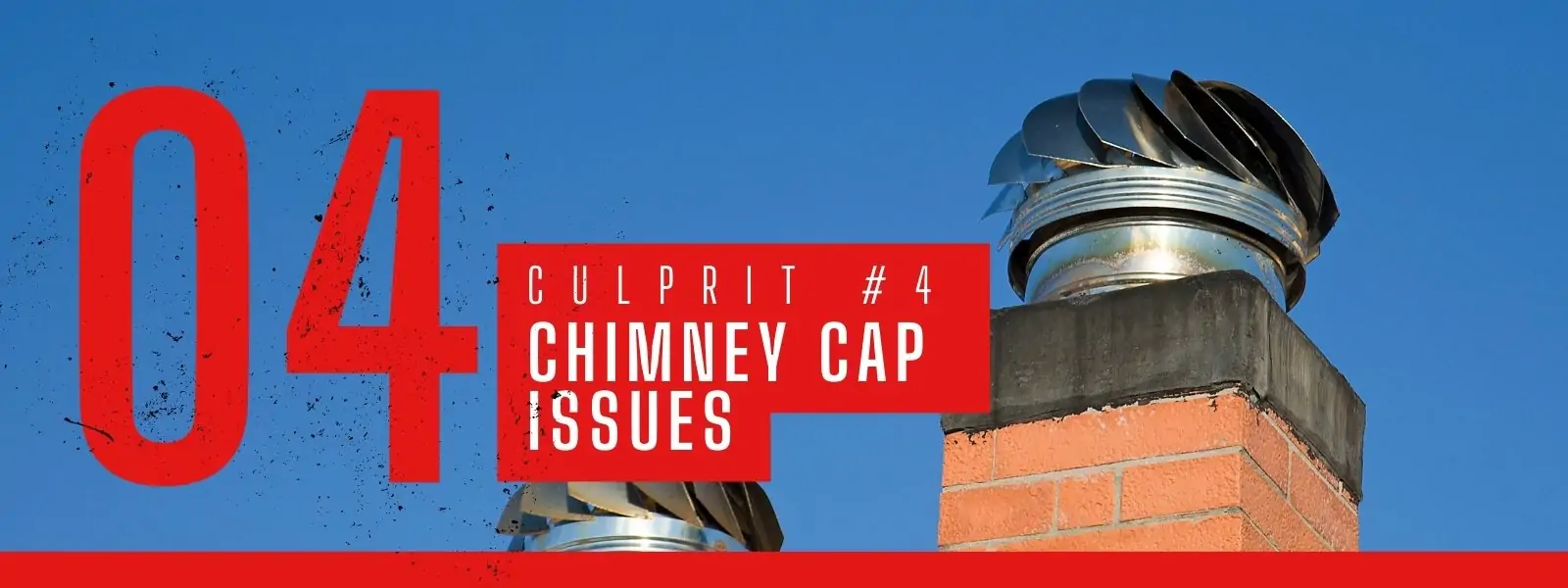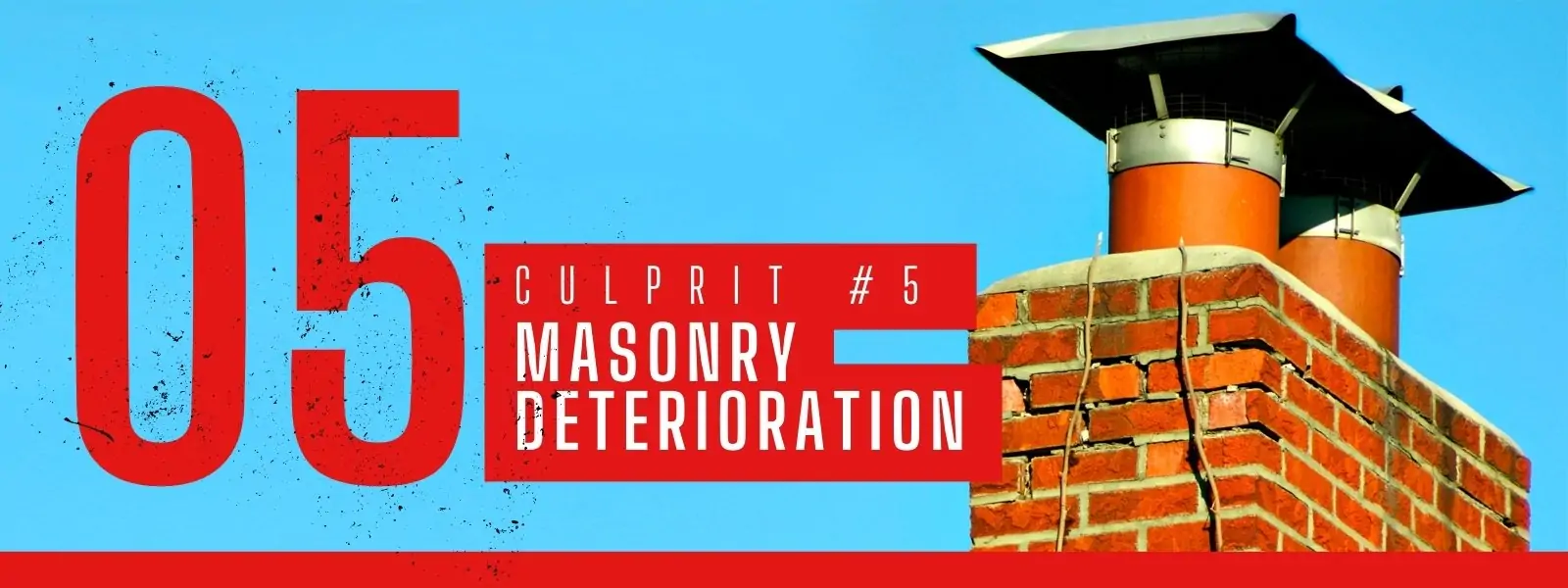Outline
-
- Introduction
- Common signs of chimney leaks
- Chimney leak culprit #1: Damaged chimney crown
- Chimney leak culprit #2: Cracked chimney flue
- Chimney leak culprit #3: Faulty chimney flashing
- Chimney leak culprit #4: Chimney cap issues
- Chimney leak culprit #5: Masonry deterioration
- Preventing chimney leaks
- DIY chimney leak repairs
- Conclusion
Introduction
Chimney leaks can be a major headache for homeowners, leading to costly repairs and potential damage to the structure of the house. Understanding the top culprits behind these leaks is essential for homeowners looking to prevent and address this issue effectively. In this article, we will take a deep dive into the most common causes of chimney leaks, providing you with the knowledge to protect your home.
From cracked chimney crowns to deteriorating mortar joints, we will explore the main culprits responsible for chimney leaks. We will also delve into issues such as flashing damage, chimney cap problems, and the impact of water penetration on the overall chimney system. By understanding these causes, you will be able to identify early signs of a chimney leak and take proactive measures to avoid further damage.
Whether you are a homeowner, a contractor, or a chimney professional, this article will empower you with the information you need to tackle chimney leaks head-on. Join us on this exploration of the top five culprits behind chimney leaks and gain the knowledge to protect your home from water damage.
Remember, being proactive is key when it comes to chimney maintenance, so let’s dive in and uncover the secrets to keeping your chimney leak-free.
Common signs of chimney leaks
Before we delve into the specific culprits of chimney leaks, it’s important to be able to recognize the signs that indicate a potential problem. Some common signs of chimney leaks include water stains on the ceiling or walls near the chimney, a musty odor in the vicinity of the chimney, and visible water inside the fireplace or chimney itself. Crumbling bricks or mortar, as well as the presence of mold or mildew, can also be indicators of a chimney leak. If you notice any of these signs, it’s crucial to take action promptly to prevent further damage to your chimney and home.
Chimney leak culprit #1: Damaged chimney crown
One of the primary culprits behind chimney leaks is a damaged chimney crown. The chimney crown is a protective cap that sits on top of the chimney, preventing water from entering the system. Over time, exposure to the elements can cause the chimney crown to crack, allowing water to seep into the chimney and eventually into the home. Regular inspections of the chimney crown and timely repairs or replacements are essential to prevent leaks caused by this issue.
In addition to cracks, chimney crowns can also suffer from improper construction or inadequate slope, which can contribute to water pooling on the surface and seeping into the chimney. Hiring a professional chimney inspector to assess the condition of your chimney crown is recommended to ensure that it is in good shape and functioning properly.
Chimney leak culprit #2: Cracked chimney flue
Another common cause of chimney leaks is a cracked chimney flue. The flue is the inner lining of the chimney that allows smoke and gases to exit the home safely. Over time, exposure to extreme temperatures, moisture, and the corrosive byproducts of combustion can cause the flue to crack or deteriorate. These cracks create pathways for water to enter the chimney system, leading to leaks.
Cracked flues can be difficult to detect without professional inspection, as they are often hidden from view. However, signs such as water stains on the walls or ceiling near the chimney, as well as the presence of rust or moisture inside the fireplace, can indicate a cracked flue. If you suspect a cracked flue, it is crucial to have it repaired or replaced promptly to prevent further water damage and ensure the safe operation of your fireplace or heating system.
Chimney leak culprit #3: Faulty chimney flashing
Chimney flashing is the metal or other waterproof material that is installed to create a watertight seal between the chimney and the roof. It is designed to prevent water from seeping into the gap between the chimney and the roof, which can lead to leaks. However, over time, flashing can become damaged or deteriorate, compromising its effectiveness and allowing water to enter the chimney system.
Common causes of flashing damage include exposure to extreme temperatures, high winds, and general wear and tear. Inadequate installation or poor workmanship can also contribute to flashing failure. Signs of faulty flashing include water stains on the ceiling or walls near the chimney, as well as visible gaps or cracks in the flashing itself. Regular inspections and maintenance of chimney flashing are crucial to prevent leaks caused by this issue.
Chimney leak culprit #4: Chimney cap issues
The chimney cap, also known as a chimney cover or chimney top, is an essential component of the chimney system. It serves as a barrier against rain, snow, debris, and animals, preventing them from entering the chimney. However, chimney caps can become damaged, dislodged, or blocked, leading to leaks and other chimney-related problems.
Common chimney cap issues include cracks, rust, and improper installation. Cracks or rust can allow water to enter the chimney, while improper installation can result in gaps that allow water and debris to enter. Additionally, chimney caps can become blocked by leaves, twigs, or animal nests, preventing proper ventilation and increasing the risk of leaks.
Regular inspection and maintenance of the chimney cap, including cleaning and removal of any obstructions, can help prevent leaks caused by cap issues. If damage or blockage is detected, repairs or replacements should be carried out promptly to protect your chimney and home from water damage.
Chimney leak culprit #5: Masonry deterioration
Lastly, masonry deterioration can also contribute to chimney leaks. Masonry refers to the bricks, mortar, and other materials used to construct the chimney. Over time, exposure to the elements, freeze-thaw cycles, and general wear and tear can cause the masonry to deteriorate, leading to cracks and gaps that allow water to enter the chimney system.
Signs of masonry deterioration include crumbling bricks, deteriorating mortar joints, and visible gaps or cracks in the chimney structure. Regular inspection and maintenance of the masonry, including repointing or replacing damaged bricks and mortar, are crucial to prevent leaks caused by this issue. Additionally, applying a waterproof sealant to the exterior of the chimney can provide an extra layer of protection against water penetration.
Preventing chimney leaks
While understanding the culprits behind chimney leaks is essential, prevention is always better than cure. Regular chimney inspections and maintenance are key to preventing leaks and ensuring the longevity of your chimney system. Hiring a professional chimney inspector at least once a year can help identify and address potential issues before they escalate into major problems.
In addition to professional inspections, there are several proactive measures you can take to prevent chimney leaks. Keeping your chimney clean and free from debris, such as leaves and twigs, is crucial to maintain proper airflow and prevent blockages. Installing a chimney cap and maintaining it regularly will also help keep water, debris, and animals out of your chimney.
DIY chimney leak repairs
While some chimney leaks can be addressed with DIY methods, such as sealing small cracks in the crown or flashing with high-quality sealant, it’s crucial to have the right expertise. If you’re unsure about handling these repairs yourself, it’s best to rely on professionals like us at Chimcare. We have the necessary knowledge and skills to ensure your chimney repairs are completed safely and effectively. For any chimney-related issues, consider our expert services at Chimcare, where safety and quality are our top priorities.
Conclusion
In conclusion, chimney leaks can be a significant problem for homeowners, but understanding the culprits behind these leaks is the first step towards prevention and effective resolution. By recognizing the signs of chimney leaks and addressing issues such as damaged chimney crowns, cracked flues, faulty flashing, chimney cap problems, and masonry deterioration, you can protect your home from water damage and costly repairs.
Remember, being proactive is key when it comes to chimney maintenance. Regular inspections, maintenance, and timely repairs are crucial to keeping your chimney leak-free. Whether you are a homeowner, a contractor, or a chimney professional, this article has provided you with valuable knowledge to tackle chimney leaks head-on and protect your home from water damage. So, take the necessary steps to maintain your chimney and enjoy a warm and safe home for years to come.

